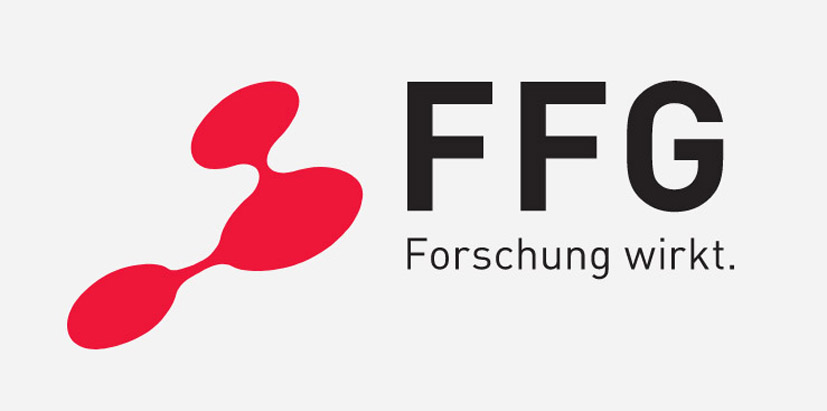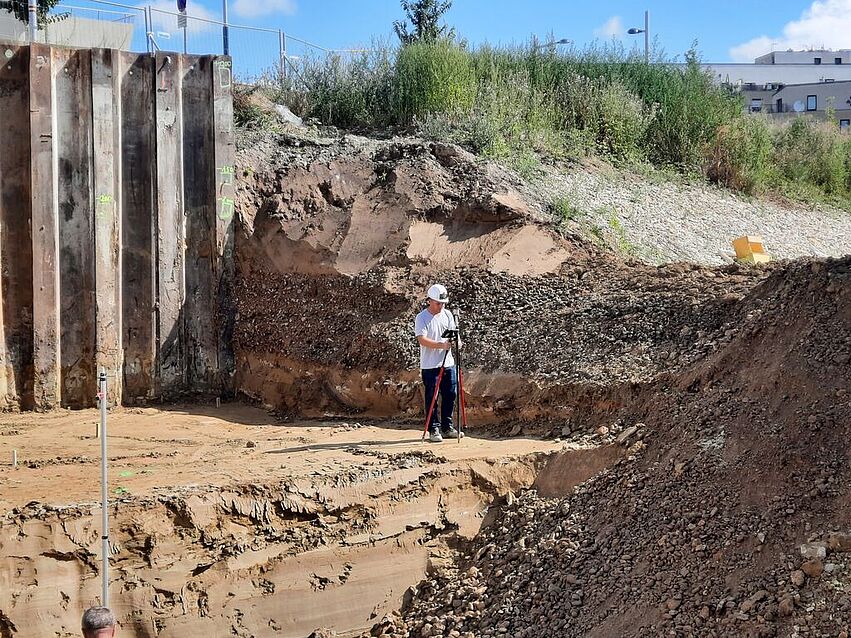Considering the ecological and social impacts as well as the immense amount of materials used in the building sector, it is evident that there is a great deal of leverage available to achieve climate- and environmentally-relevant savings in energy consumption, resource requirements and greenhouse gas emissions. Renewable or nature-based materials that can be made usable without great energy expenditure ideally meet these requirements.
Within the project RE-FORM earth, different solutions for the integration of clay in the building sector are being developed:
- Creation of planning principles for the construction of deconstructable buildings with recyclable, ecological, regional building materials.
- Presentation of the effects of earthen building materials on the quality of indoor air and thus on the health and comfort of the occupants.
- Development of planning principles for the production and use of heatable and coolable rammed earth building components
By developing building components with clay content and integrating them in baubook data platform, data on the ecology (OI3), recyclability and resource requirements of building components with clay content are available to planners and contractors.
Valid data are collected in the context of pollutant measurements both in the indoor air of buildings with clay content and in the excavated material itself, in order to dispel existing concerns about negative health effects of clay building materials. The focus lies on radiation exposure (radon, thoron) from earth and potential soil pollutants.
Due to their high thermal mass, rammed earth building components with integrated heating or cooling coils enable the optimal use of fluctuating renewable energy. In the AEE INTEC test box, a temperature-controlled rammed earth wall is erected and its effect on indoor climate and energy demand is assessed.
The use of clay as a recyclable material reduces both resource and energy requirements due to its unlimited reusability, the low use of energy in production and preparation, as well as through cooling energy savings due to its property of regulating air humidity.
The use of clay is not new, as clay is one of the oldest building materials known to mankind. The confrontation with current challenges such as the loss of biodiversity, global dependencies and, above all, climatic changes offer the opportunity for a reinterpretation of earthen building and its adaptation to today's standards, in order to make earth usable again for modern requirements in the building industry.








